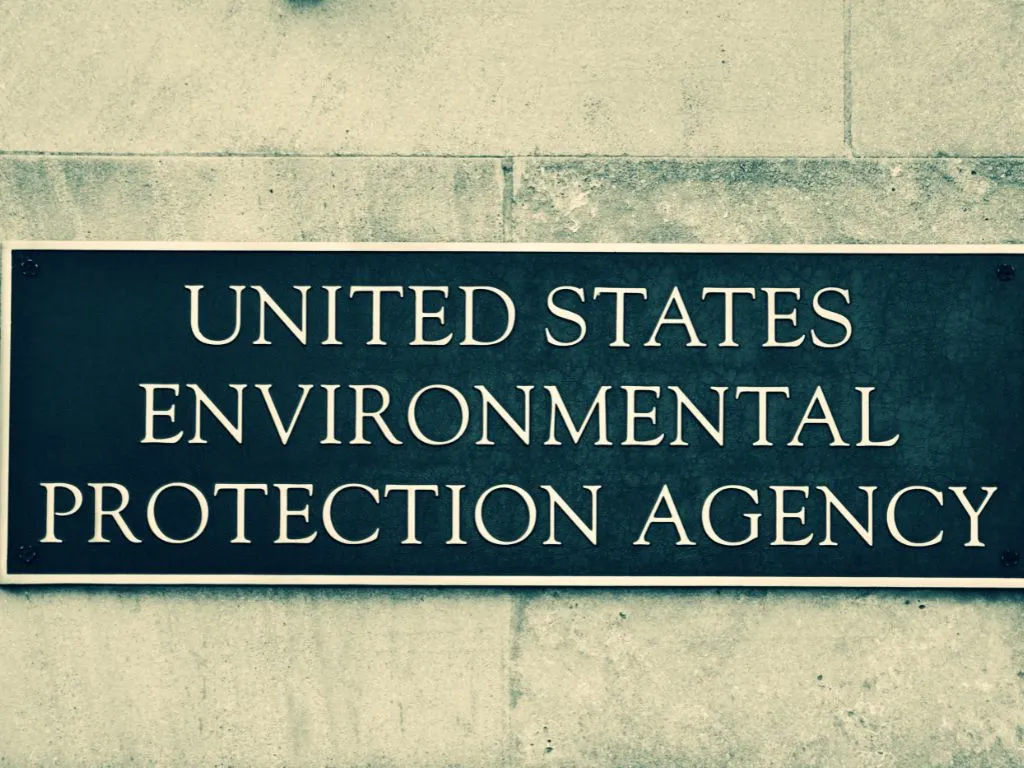News Details

EPA Finalizes New Rules for Two PBT Chemicals: DecaBDE and PIP 3:1
On October 31, 2024, the U.S. Environmental Protection Agency (EPA) finalized revisions to existing regulations under the Toxic Substances Control Act (TSCA) for two persistent, bioaccumulative, and toxic (PBT) chemicals—Decabromodiphenyl Ether (decaBDE) and Phenol, Isopropylated Phosphate (PIP (3:1)). This new rule aims to address implementation challenges and reduce potential human and environmental exposure to these hazardous substances.
Background
These revisions build on the final rules originally established in January 2021, which targeted five PBT chemicals identified for expedited action under TSCA Section 6(h). Following feedback from stakeholders and further analysis, EPA determined that additional measures were necessary for decaBDE and PIP (3:1). The revisions are designed to clarify compliance requirements, extend certain compliance deadlines, and provide more robust protections particularly in sectors such as agriculture, construction, life sciences, and mining.
Key Changes to the DecaBDE Regulations
DecaBDE (CAS 1163-19-5) is widely used as a flame retardant in a variety of industries, particularly in textiles, electronics, and automotive parts. The updated rule introduces several significant changes:
- Personal Protective Equipment (PPE) Requirements: Companies involved in manufacturing, processing, or distributing decaBDE must now ensure the use of PPE to limit worker exposure.
- Prohibition on Water Releases: The release of decaBDE into water during its manufacture and processing is now banned, reflecting heightened concerns over its environmental impact.
- Extended Compliance for Specific Uses: EPA has extended the compliance deadline for the use of decaBDE in wire and cable insulation for nuclear power facilities, recognizing the critical nature of this application. Similarly, companies must notify authorities when exporting decaBDE-containing materials for nuclear power uses.
- Threshold for Unintentional Presence: The rule allows a minimal presence of decaBDE (less than 0.1% by weight) in products, recognizing the challenges of completely eliminating trace amounts from complex supply chains.
Updates to PIP (3:1) Regulations
PIP (3:1) (CAS 68937-41-7) is commonly used as a flame retardant and plasticizer in hydraulic fluids, lubricants, and electronic components. The revised regulations include:
- Expanded PPE Requirements: Similar to decaBDE, EPA is mandating the use of PPE for handling PIP (3:1) during its domestic manufacturing and processing.
- Phase-Out of Certain Uses: The rule imposes a gradual phase-out of PIP (3:1) for specified applications while allowing exemptions for critical uses, such as wire harnesses and circuit boards, until suitable alternatives are found.
- Exemptions for Replacement Parts: The regulation introduces provisions for the continued use of PIP (3:1) in replacement parts for existing equipment, thereby minimizing disruptions in industries such as aerospace and automotive manufacturing.
- 10-year grace period to phase out the use of PIP (3:1) in parts for new equipment: The extended timeline applies to manufacturing and industrial machinery, commercial electronic equipment, refrigeration, water-heating systems, power-generating equipment, etc.
This allowance is intended to give industries sufficient time to transition to alternatives while maintaining compliance with the new safety standards.
The Agency highlighted the importance of reducing exposure to these toxic substances, which have been linked to adverse health effects, including developmental and neurological harm, as well as environmental damage.
Additional requirements
The Final rule introduces new workplace safety measures to minimize dermal and respiratory exposure, although certain import and processing applications are exempt. Recordkeeping requirements have been extended from three to five years, with companies now required to have compliance records "readily available" for prompt review, eliminating the previous 30-day grace period.
For continued use of PIP (3:1), companies must update safety data sheets (SDSs) within three months and product labels within 18 months. The rule does not change existing requirements for the other three PBT chemicals regulated under the January 2021 rule: 2,4,6-tris(tert-butyl)phenol (2,4,6-TTBP), hexachlorobutadiene (HCBD), and pentachlorothiophenol (PCTP).
The rule is set to take effect 60 days after its publication in the Federal Register, with extended compliance dates for certain sectors.
We acknowledge that the above information has been compiled from Environmental Protection Agency (US EPA).

 Twitter
Twitter
